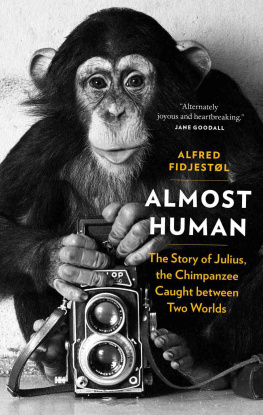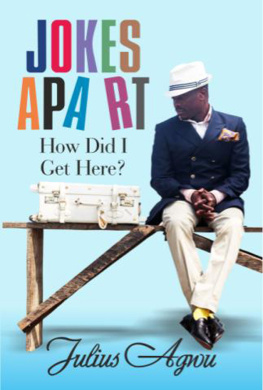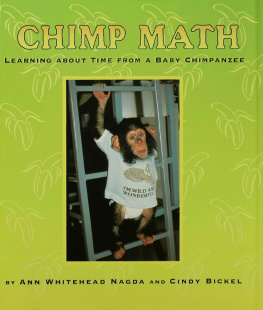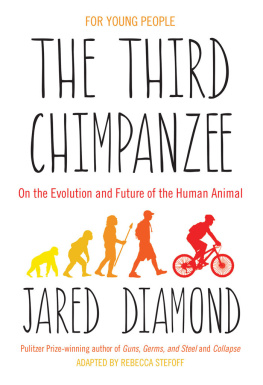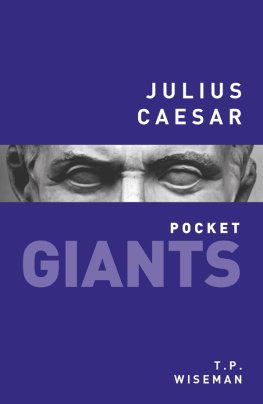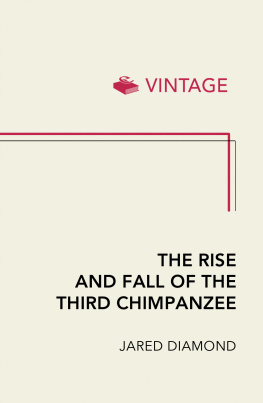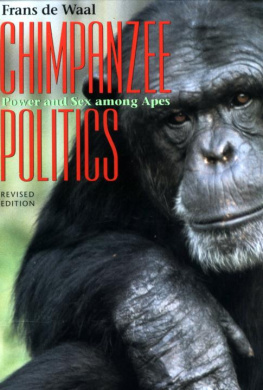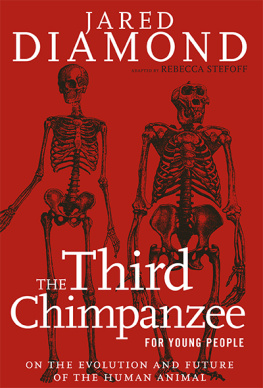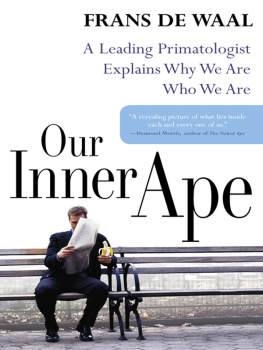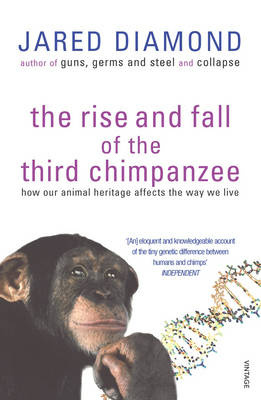Copyright 2019 by Alfred Fidjestl English translation copyright 2019 by Becky L. Crook Originally published in Norwegian as Nesten menneske. Biografien om Julius by Alfred Fidjestl 2017 Det Norske Samlaget, Norway
19 20 21 22 23 5 4 3 2 1
All rights reserved. No part of this book may be reproduced, stored in a retrieval system or transmitted, in any form or by any means, without the prior written consent of the publisher or a license from The Canadian Copyright Licensing Agency (Access Copyright). For a copyright license, visit accesscopyright.ca or call toll free to 1-800-893-5777.
Greystone Books Ltd.
greystonebooks.com
Cataloguing data available from Library and Archives Canada
ISBN 978-1-77164-385-6 (cloth)
ISBN 978-1-77164-386-3 (epub)
Editing by Heather Wood
Proofreading by Alison Strobel
Indexing by Stephen Ullstrom
Jacket and text design by Nayeli Jimenez
Jacket photographs by Arild Jakobsen
Greystone Books gratefully acknowledges the Musqueam, Squamish and Tsleil-Waututh peoples on whose land our office is located.
Greystone Books thanks the Canada Council for the Arts, the British Columbia Arts Council, the Province of British Columbia through the Book Publishing Tax Credit and the Government of Canada for supporting our publishing activities.

CONTENTS
INTRODUCTION
I KNOW IT is a strange thing to read a biography about a chimpanzee. For people in other countries, it must feel even stranger to read about one specific Norwegian chimpanzee who, though he may enjoy celebrity status in Norway, is a completely unknown to the rest of the world. Nevertheless, there is something about this chimpanzees life that fascinates and amazes across borders.
Julius the chimpanzee was born in a zoo in the small city of Kristiansand in southern Norway on the day after Christmas in 1979. His mother rejected him, his keepers found him in a pool of blood with an index finger bitten off, and he had to be rescued from the community of chimpanzees and taken to live among humans. Although he was eventually reintegrated with the other chimps, for a long time his life followed the path of a classic tragedy. His misfortune at a young age distinguished him from the others, and he was a misfit among his peers and bullied by the other chimpanzees. As he grew larger, it was no longer possible for him to seek contact and comfort from humans. He became homeless in both worlds. Because he managed to break out of the chimpanzee enclosure on multiple occasions and attacked zoo employees, he had to be kept in isolation in an escape-proof cage. It was only in 2005 that a fortunate turn of events allowed Julius to be reintegrated into the zoos chimpanzee community as its leader.
It sometimes happens that certain, select animals achieve international celebrity status, such as the chimpanzee Cheeta from the Tarzan films, the gorilla Koko who communicated via sign language, or the German polar bear, Knut. Julius, the Norwegian chimpanzee, is unique among these celebrity animals because his forty-year life span has been so well documented and sourced that it was possible to hold to standard biographical methods, following the same documentation and evidence requirements as those of a human biography. It was possible to write about his life with only one, tiny deviation from the usual modern biography: namely that the subject of this biography is not, nor ever has been, human. Only almost.
There is something about the nature of a chimpanzee that makes it a particularly suitable biographical subject. A chimpanzee is so much more than an animal merely reacting on instinct to stimuli and physiological needs. Individual chimps are able to make decisions and take actions that impact the entire course of their lives. Their memories are impressively intact, and they are influenced and shaped by events that occurred earlier in their lives. Julius has an extremely close emotional bond to the humans with whom he lived forty years ago. They still love each other, even if it is dangerous for them to be in the same room together. This is why writing a chimpanzee biography, with the same sincerity and according to the same rigorous factual standards essential to a modern human biography, is also a political act of sorts. Humans are not the only animals with unique life spans that are influenced by our choices and experiences. Nor are we singular in the universe in being suitable biographical subjects.
The story of Julius is also a story about the changing perception of animals. When the first big city zoos were established in the 1800s, they existed primarily to showcase humankinds dominion over nature. Animals were degraded and put into small cages so people could saunter around them in safety and observe the beasts in triumph. When Julius was born, zookeepers still knew relatively little about the advanced social and intellectual needs of chimpanzees. However, over the course of his life, both his zoo and zoos around the world have undergone a valuable learning process. Today, chimpanzees in Juliuss community are respected and handled as unique individuals with social and emotional needs. Modern zoos no longer exist to humiliate animals but act rather to protect and preserve species whose extinction is being threatened in the wild.
This biography about Julius is an independent and unvarnished version of how one particular chimpanzees life unfolded. I have never worked for nor had any connection to the zoo in Kristiansand. Personally, my relationship to Julius is no more intimate than is the case for most Norwegians of my generation. And yet, no other animal in the world is more closely linked to me than he is. Julius and I share 98.6 percent of our genetic material. From an evolutionary perspective, it was only a short time ago that our species parted ways, or more specifically, it has been only a mere six million years since our common great-grandmother was alive. My hemoglobin molecule, the protein that transports oxygen and gives blood its red color, is in all of its 287 entities completely identical to Juliuss. Even several details of our individual life stories resemble one anothers. Both of us were born into similar conditions in the small social democratic nation of Norway in the 1970s. Both of us grew up as members of families with two older siblings and parents. We are able to eat roughly the same diet, are both more or less the same size as adults, and we have both become the fathers of three children.
This resemblancein spite of the great divide between our speciesfanned my curiosity about Julius as a biographical subject. I was not only curious about the course of his life, but also about what I might be able to discover about his world. I wanted to employ international research about both wild and captive chimpanzees to uncover as much as possible about what is going on behind those dark, mysterious eyes of his.
Several times while working on this book, I sat in the Kristiansand Zoo, staring into Juliuss eyes. It is a strange feelingdifferent from staring into the eyes of other animals. There is something recognizable if you peer deep into the chimpanzee gaze. And there is also something totally foreign. I cant quite put my finger on what it is. This book is an attempt to find out.
Chapter 1

